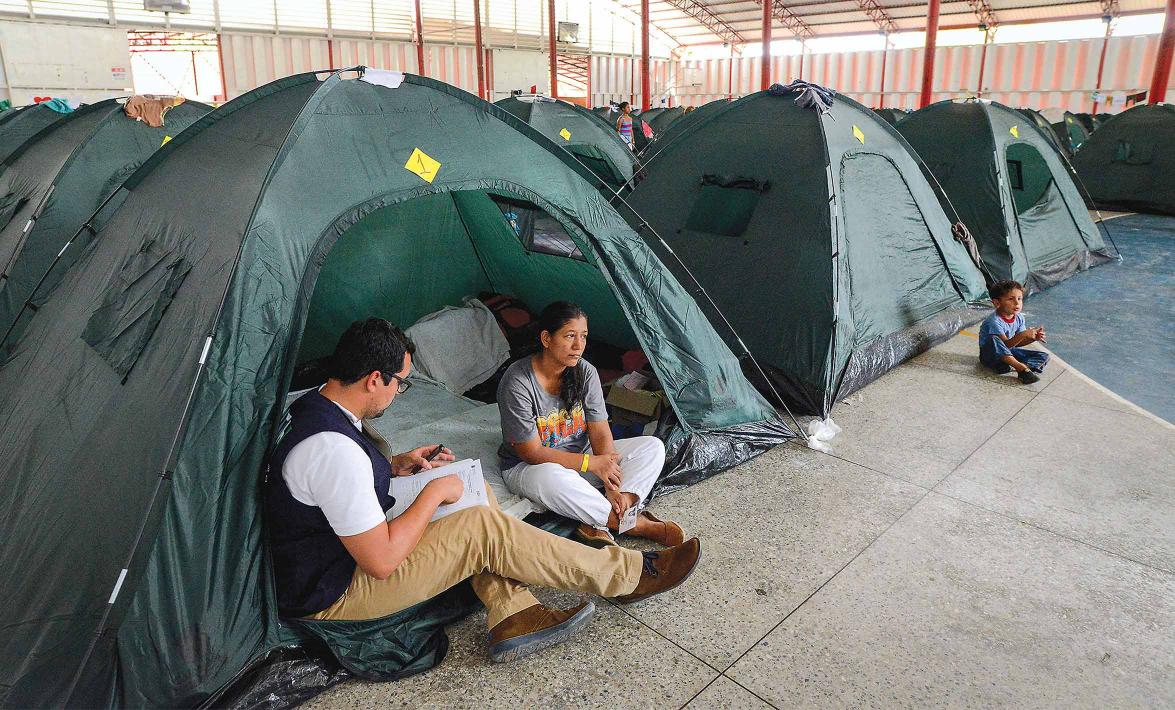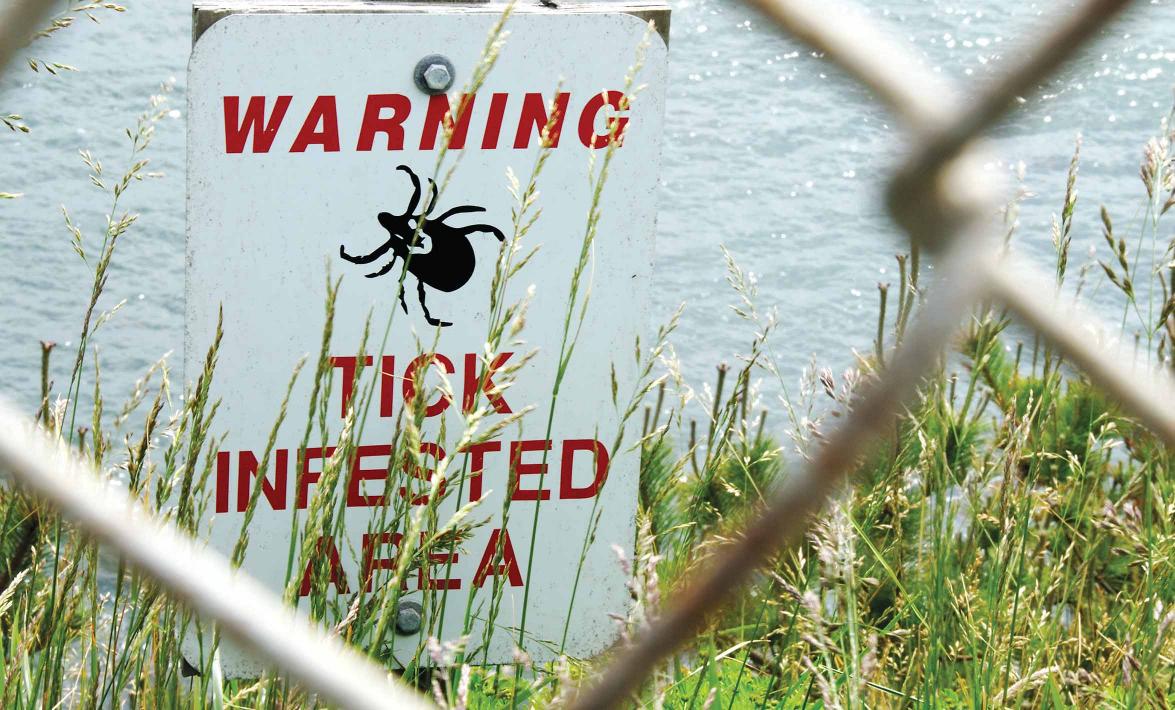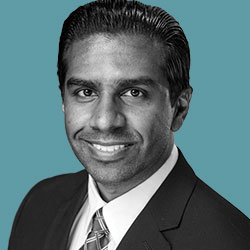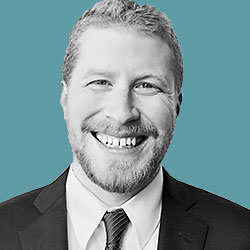
Under Threat
The right fight for migrant health.
In the face of escalating immigration crises, the Center for Public Health and Human Rights is intensifying its focus on migrant health and human rights, in the U.S. and globally.
CPHHR’s recent research at the Venezuela/Colombia border documented severe malnutrition and infectious disease outbreaks among Venezuelans fleeing economic and humanitarian crises. The Center also plans to begin U.S-based research on undocumented children’s access to health care.
“The international human rights community has been deeply shocked that rights violations and the impunity for those violations are suddenly so widespread in an era of nationalism, xenophobia, and anti-immigrant sentiment,” says Center founder and director, Chris Beyrer, MD, MPH ’91.
The Center’s 15th anniversary symposium on October 15—Paradigm Under Threat: Health and Human Rights Today—will highlight its Venezuela work, current and future threats to health and human rights, and the potential impacts on the Center’s initiatives on behalf of marginalized groups.
“I think it’s a milestone that tells you that the work is lasting and clearly has traction both in our institution and more broadly,” Beyrer says.

Revoking Pathogens’ Passports
An international survey of public health preparedness could
help curtail future epidemics.
Pathogens do not respect borders. Consider the 2014 Ebola epidemic in West Africa, which emerged in Guinea, quickly expanded into Liberia and Sierra Leone, and spread to seven other countries before being brought to heel in 2016.
Robust public health infrastructure is the surest way to prevent local outbreaks from becoming regional or global catastrophes. For example, Nigerian health care workers minimized Ebola’s impact by rapidly mobilizing to identify and quarantine exposed individuals. Jennifer Nuzzo, DrPH ’14, SM, has spent the past three years coordinating an effort to assess global preparedness for combating infectious threats. “There’s a great need for some kind of external measure of where in the world we are strong, where we are weak, and how we can monitor progress,” says Nuzzo, an associate professor in Environmental Health and Engineering and a senior scholar at the Johns Hopkins Center for Health Security.
The Global Health Security Index is a collaboration between Nuzzo’s team, the Nuclear Threat Initiative, and The Economist Intelligence Unit. On October 24, the GHS Index team will release the first comprehensive report on the technical, financial, socioeconomic, and political capabilities for countering infectious threats in 195 countries.
These data were obtained from public sources to assess access to clinical resources, epidemiological risk factors, and geopolitical considerations that could impede outbreak response. These were initially tested in a pilot cohort of 10 countries, which enabled the team to fine-tune the survey before deploying it worldwide. “It had to be reproducible,” says Nuzzo. “It should be designed so that if you dropped any analyst into the same country … they should be able to find the same answer.” Each country receives an aggregate preparedness score, but the report and online tool also delves into factors affecting that score, like availability of laboratory testing facilities or the impacts of ongoing political instability or corruption.
Nuzzo is hopeful that this project will receive the resources needed to support future reassessments, especially as international stakeholders recognize the value of these data to guiding investments related to disease surveillance and outbreak control. “We’ve worked closely with staff at the World Bank, and they’re interested in understanding how they can make financing decisions informed by these data,” she says.

When Lyme Disease Comes to Stay
Conference will highlight potential therapies for persistent Lyme infection.
Most cases of Lyme disease can be cleared up with a two- to four-week course of appropriate antibiotics. But for a subset of patients—between 10% and 20%—the disease hangs on for months and possibly years. Known as post-treatment Lyme disease syndrome, the condition is associated with fatigue, musculoskeletal pain, and “brain fog.”
“These chronically sick people are not taken care of by the current standard treatment and remain a huge medical challenge,” says Ying Zhang, MD, PhD, a professor in Molecular Microbiology and Immunology.
A researcher at the forefront of PTLDS science, Zhang says that promising research on potential therapies is underway, including his own investigations into new drug combinations and the use of herb- and plant-based essential oils to attack persister forms of Lyme bacteria. He will discuss his work, along with current research on Lyme disease pathology, at the second annual LivLyme Summit in Westminster, Colorado, September 21–22.
“There is a lot of excitement in the Lyme field right now, with different groups trying to develop better treatments,” Zhang says. “There is hope.”
In Case You Missed It
The Word on Wolfe Street
Follow
In a Los Angeles Times August 12 story about the 2020 Tokyo Summer Olympics and planned events at the Fukushima nuclear disaster site, Jonathan Links points out that reliable data on low-level radiation risks are difficult to obtain.
Read
An effective step that schools can take to prevent child sexual abuse is talking about it, but teachers often worry that they aren’t equipped to engage in such discussions with students, Amanda Ruzicka says in an August 21 Ms. magazine feature.
Listen
“Someone who’s posting online about committing a mass shooting or who is sharing with a family member or friend that they’re thinking about harming themselves is someone that we would want to separate from firearms.”
Cassandra Crifasi comments in an August 20 NPR piece on extreme risk protection orders, which allow family or law enforcement to petition courts to take guns from those at risk of harming themselves or others.
Share This: People would be surprised that I...

Amal Wanigatunga
Epidemiology
That I can juggle. During gym class in elementary school, I learned various tricks for juggling scarves, balls, rings, and pins, and can juggle up to four items. It’s like riding a bike for me!

Alex McCourt
Health Policy and Management
That I’m a percussionist. I started playing when I was 10. My wife, Amy, and I met playing percussion, and we were both on the University of Arizona drumline for four years.
EVENTS WATCH
Patient Knows Best
3 Questions for Albert Wu, MD, MPH

Albert Wu, a professor in Health Policy and Management, is the 2019 recipient of the Health Assessment Lab/Medical Outcomes Trust Career Achievement Prize in Patient Reported Outcomes Measures. He will accept the award on October 21 at the International Society for Quality in Health Care conference in Cape Town, South Africa.
Are patient reported outcomes measures being incorporated more often in patient care?
There is a greater appreciation that while the goal of health care may be to improve longevity, it is also to improve how people function and feel. The only way to assess that is to ask the patient.
What might that patient/clinician interaction look like?
In rheumatology, for example, the question might not be so much about “Are your joints red or swollen?” Asking, “Can you write? Can you turn a doorknob?” is more relevant than doing lab tests.
What sparked your interest
in this field?
When I was involved in the first placebo-controlled AZT drug trial for people with AIDS, I saw that even people who survived had significant problems. I became interested in their quality of life and measuring that.